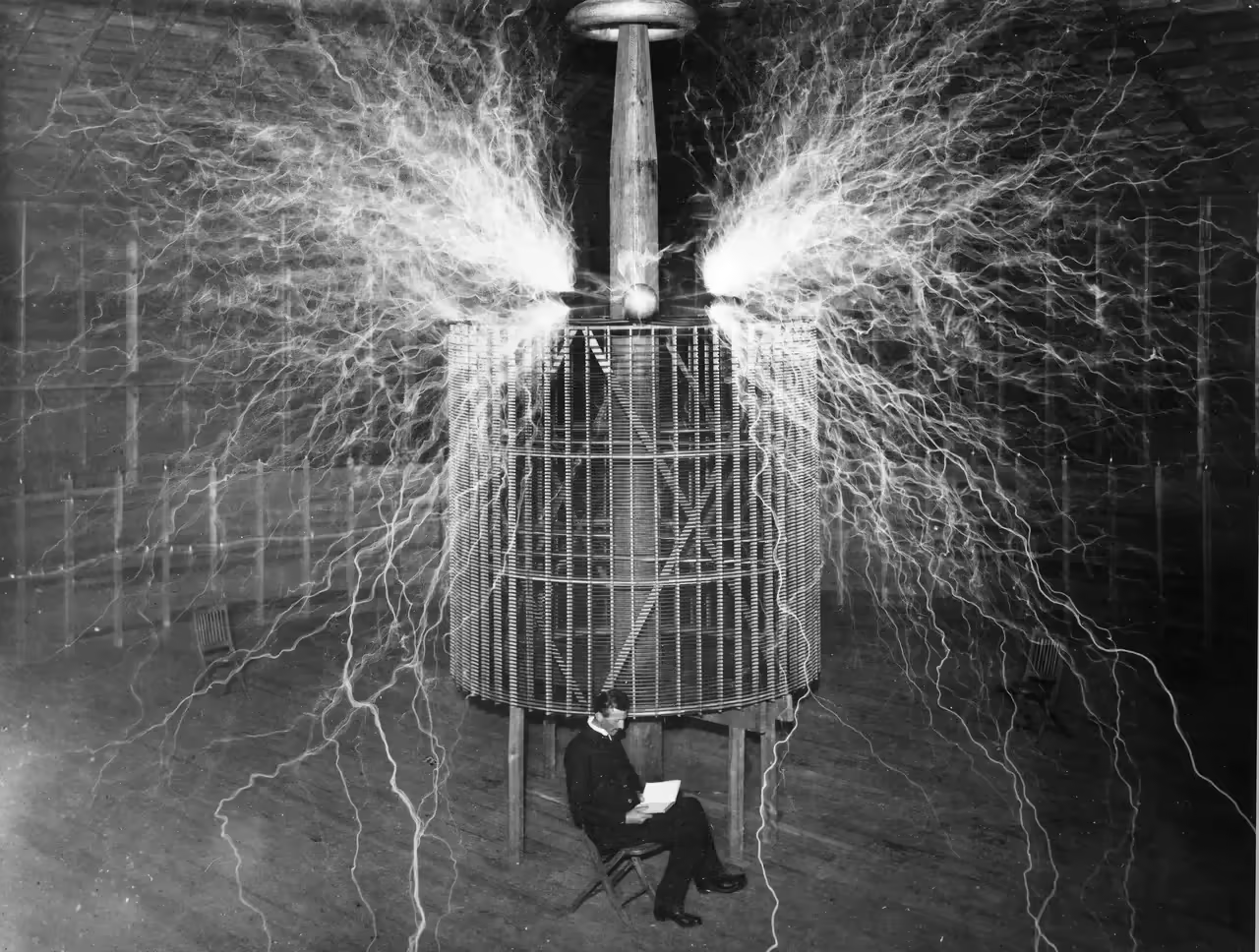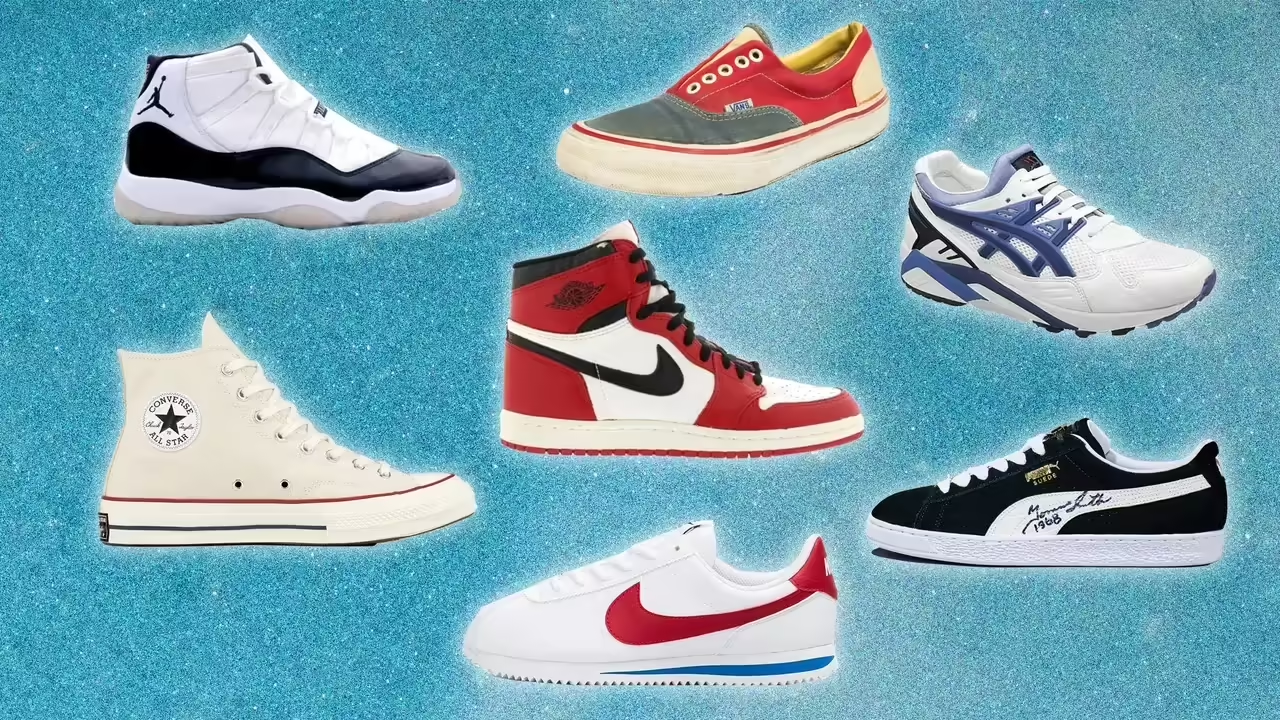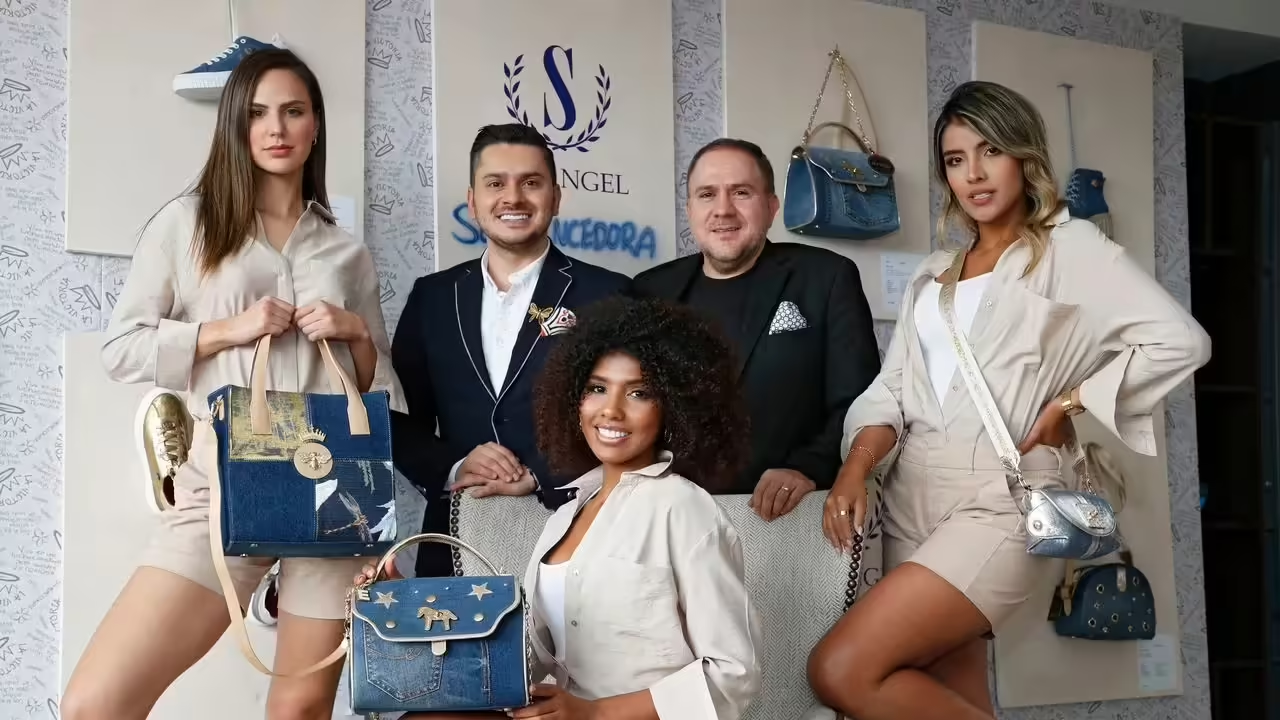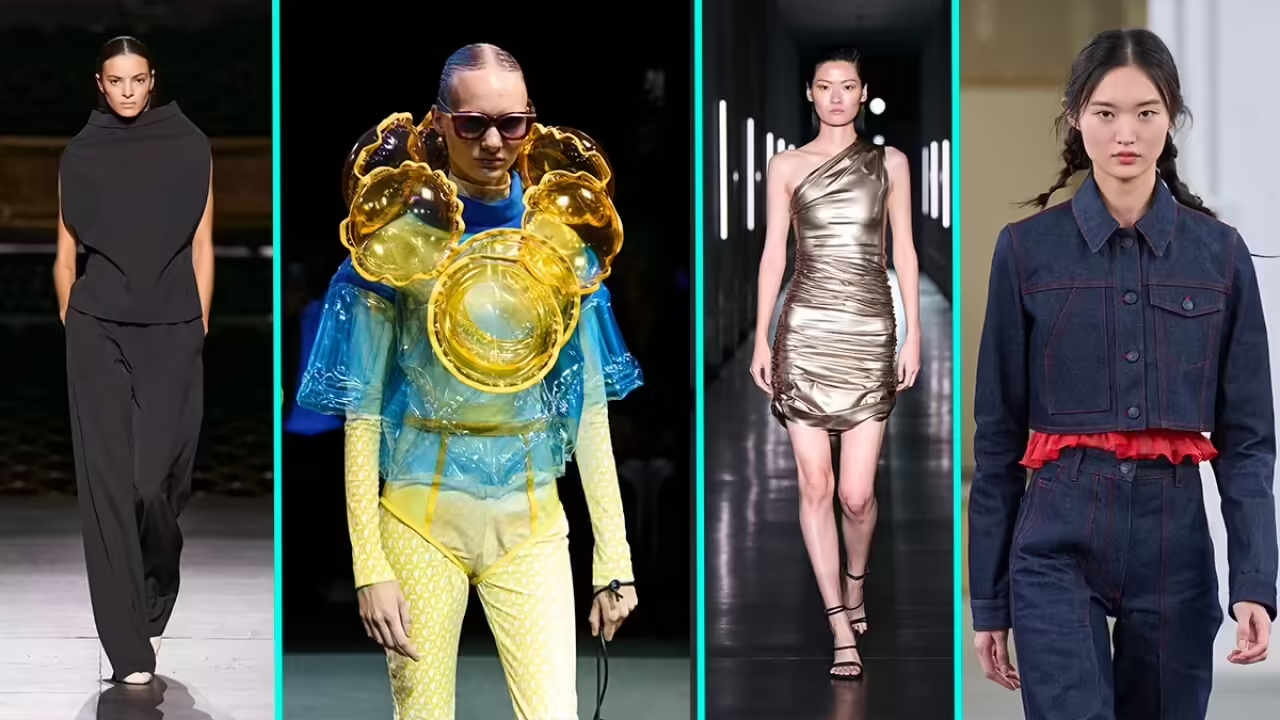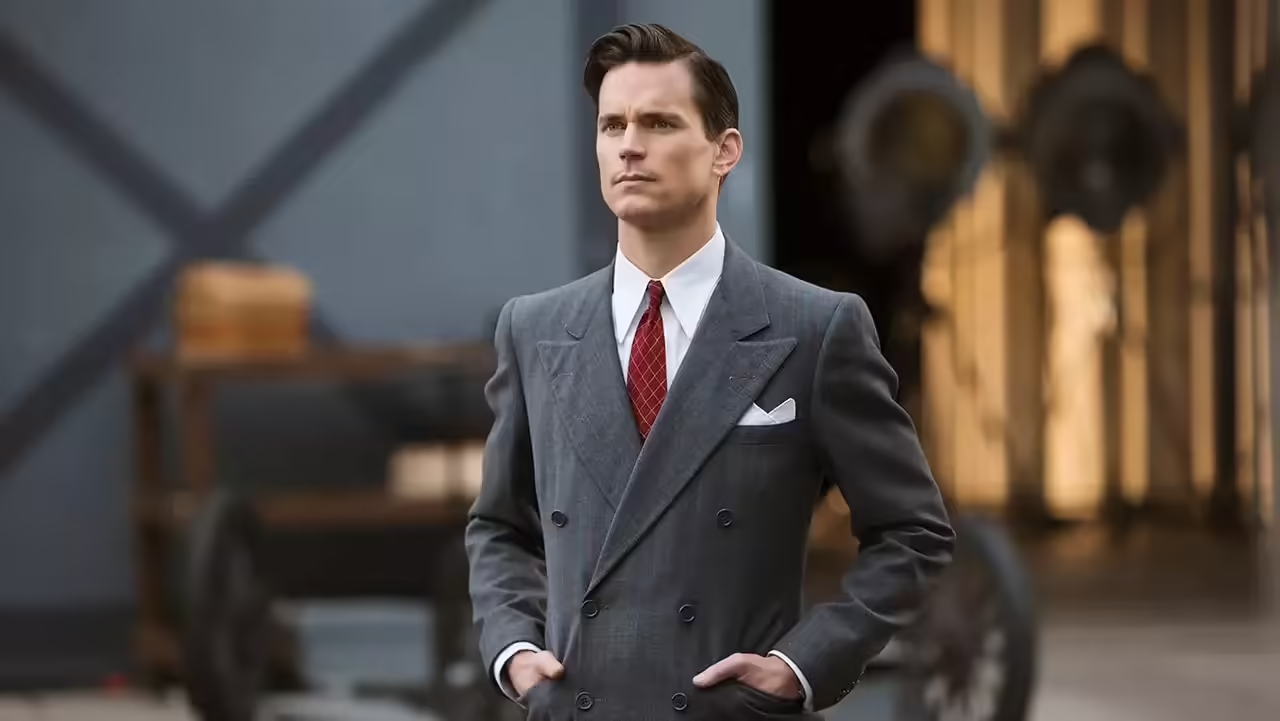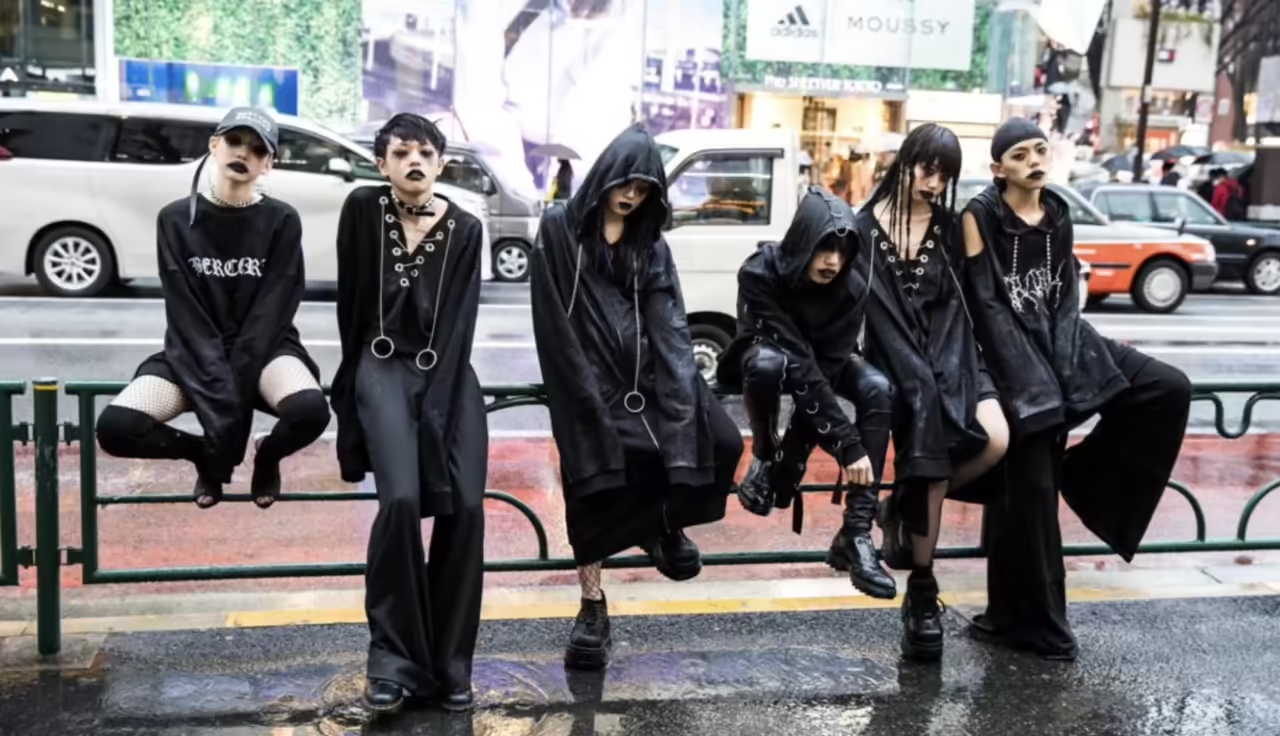
In the vast universe of fashion and culture, alternative styles like Gothic and Punk have emerged as bold and subversive expressions challenging established conventions. These movements have not only left an indelible mark on fashion history but have also significantly influenced contemporary culture. Let’s briefly explore the history and cultural influence behind Gothic and Punk styles.
The Gothic: An Ode to Darkness
The Gothic style, rooted in 18th-century Romanticism, has evolved over time to become a distinctive subculture. Inspired by Gothic architecture and literature, this style embraces darkness and melancholic aesthetics. Gothic fashion is often characterized by black clothing, leather, lace, platforms, and accessories reflecting a shadowy elegance.
By the mid-20th century, Gothic music, led by bands like Bauhaus and Siouxsie and the Banshees, solidified Gothic identity. The subculture expanded beyond music to embrace fashion, art, and literature. Gothic is not just a clothing style; it’s a way of life valuing individuality and personal expression through dark and poetic aesthetics.
The Punk: Rebellion and Authenticity
In contrast to Gothic, Punk is a more energetic and direct movement that originated in the 1970s as a response to social and political oppression. Emerging in the streets of New York and London, Punk advocated rebellion, authenticity, and the rejection of established norms. Punk fashion is characterized by torn clothing, safety pins, leather jackets, and a defiant attitude toward authority.
Punk music, led by bands like The Ramones and Sex Pistols, drove this subculture. Punk was not just a musical style; it was an attitude manifested through fashion and uninhibited behavior. Punk philosophy advocated unrestrained self-expression and criticism of institutions, creating a movement transcending music.
Enduring Cultural Influence
Both Gothic and Punk styles have left a lasting imprint on popular culture. Alternative fashion has permeated mainstream, influencing fashion designers and contemporary artists. Elements like platform boots, leather jackets, and extravagant hairstyles are evidence of the enduring influence of these styles.
Beyond fashion, Gothic and Punk music have influenced various musical genres and inspired artistic movements. The challenging attitude, self-expression, and social critique embodied by both styles continue to resonate in today’s society.
Distinctive Characteristics of Gothic Style
Gothic style is a unique expression of fashion distinguished by its dark and romantic aesthetics. From color palettes to fabrics and design elements, Gothic stands as a subculture merging elegance with darkness in an unmistakable way.
Color Palette:
The Gothic color palette is notably somber, emphasizing dark and muted tones. Black is undeniably the protagonist, but other dark colors like purple, burgundy, and dark green are also incorporated. These tones create a mysterious atmosphere, evoking the melancholy defining Gothic.
Fabrics:
Fabrics play an essential role in creating Gothic style. Leather, both real and synthetic, is a frequent choice, providing a touch of rebellion and sensuality. Other common fabrics include silk, velvet, and lace, adding luxurious textures and intricate details to garments. The combination of these materials contributes to the characteristic opulence of Gothic style.
Distinctive Design Elements:
Corsets and Bodices: Tight corsets and bodices are key elements highlighting the figure and accentuating femininity. These are used in dresses and two-piece outfits, providing a dramatic silhouette.
Layers and Tunics: Layering is common in Gothic fashion. Layers of fabric flow theatrically, adding dimension and a touch of mystery to the attire. Long tunics with details like hoods and flared sleeves are also popular.
Dark Accessories: Jewelry and accessories play a crucial role in Gothic style. Gothic necklaces, studded leather bracelets, dramatic rings, and earrings adorned with crosses or dark motifs are common.
Dramatic Makeup: Gothic makeup tends to be dramatic, emphasizing smoky eyes, dark lips, and a pale complexion. The goal is to achieve a romantic and mysterious Gothic look.
Icons of Gothic Fashion:
Siouxsie Sioux: The leader of Siouxsie and the Banshees is an iconic figure of Gothic, known for her distinctive style and dramatic makeup.
Peter Murphy: The Bauhaus vocalist is considered a Gothic icon, contributing to the movement with his stage presence and unique style.
Morticia Addams: Though fictional, Morticia Addams from the Addams Family is a visual archetype of Gothic style with her elegant attire and enigmatic attitude.
Punk Aesthetic: Rebellion and DIY (Do It Yourself)
The Punk movement, emerging in the mid-1970s in places like New York and London, was not just a musical genre but a cultural revolution transforming fashion, art, and attitudes toward life. The Punk aesthetic is characterized by its focus on rebellion against established norms and the promotion of the “Do It Yourself” (DIY) spirit, encouraging individuality and personal creativity.
Origins and Philosophy of the Punk Movement:
Punk emerged as a reaction to social, economic, and political frustrations of the time. It arose amid economic crisis and widespread dissatisfaction, initially manifesting through music with iconic bands like The Ramones and Sex Pistols. Punk aimed to challenge cultural complacency and question authority in all its forms.
Punk philosophy is based on the ideas of authenticity and brutal honesty. It rejects pomp and artificiality, embracing rawness and simplicity. The punk attitude is driven by the need to express oneself directly and unpretentiously, a rebellion against society’s artificiality.
Emphasis on Individuality and Personal Creativity:
The Punk aesthetic stands out for its emphasis on individuality and personal creativity. The fundamental premise is that everyone has the right and ability to create their unique style, independent of societal or fashion industry norms. This translates into the adoption of “Do It Yourself” (DIY) as a guiding principle.
DIY Punk Fashion: Punk fashion is characterized by its disheveled appearance and the incorporation of torn and customized clothing. Patches, safety pins, studs, and political messages are common in punk attire. DIY fashion allows individuals to express their identity through clothing in a unique and personal way.
Punk Art: Personal creativity extends to the realm of art, with punk influencing graphic design, sculpture, and other forms of artistic expression. The use of impactful and provocative images reflects the subversive nature of the punk movement.
Attitude and Lifestyle: Individuality and personal creativity extend beyond fashion and art to the attitude and lifestyle. Rebellion and resistance manifest in music, political activism, and the way individuals choose to live outside conventional expectations.
Gothic Attire: Clothing, Accessories, and Makeup
Gothic style is known for its unique aesthetic that merges darkness with elegance, creating a dramatic and captivating image. From clothing to accessories and makeup, Gothic attire is an artistic expression embracing individuality and melancholy. Here are details about clothing, accessories, and a Gothic makeup guide.
Gothic Clothing:
Gothic Dresses: Gothic dresses are often long and flowing, with details like lace, flared sleeves, and corsets. Silhouettes can be fitted at the top and then flow down, creating a theatrical and romantic appearance.
Corsets and Bodices: Tight corsets and bodices are key elements in Gothic fashion. They accentuate the waist and create a dramatic silhouette. They can be worn with skirts, pants, or even over shirts for a more androgynous style.
Pants and Skirts: Tight pants, leather or with punk details, are common in Gothic fashion. Skirts can range from short and pleated to long and flowing, depending on personal preference.
Layers and Jackets: Layers are a distinctive feature, with layers of fabric adding dimension to the outfit. Leather jackets, long coats, and capes with hoods are popular choices.
Punk and Gothic Accessories: Chains, large rings, studded bracelets, lace chokers, and jewelry with Gothic symbols are essential. The incorporation of elements like crosses, skulls, and dark details adds a unique touch.
Gothic Makeup Guide:
Pale Complexion: Makeup foundation is chosen in pale tones to achieve a Gothic look. Tanning is avoided, and a matte finish is sought.
Smoky Eyes: Smoky eye makeup is a key feature. Dark shades like black, purple, or gray are used to create an intense and dramatic look.
Bold Eyeliner: Emphasis is placed on eyeliner, whether with a sharp and precise line or blended for a softer effect. Wings or graphic lines are popular choices.
Dark Lips: Dark lips in shades like burgundy, dark purple, or black are a trademark of Gothic makeup. Matte liquid lipsticks can be used for a lasting finish.
Defined Eyebrows: Eyebrows are kept defined and can be accentuated with a pencil or darker shadow for a more dramatic look.
Facial Makeup: Additional touches, such as highlighting cheekbones or adding a touch of dark blush, may be included.
Remember that Gothic makeup is highly customizable, and there are no strict rules. The key is to express individuality and embrace darkness in a way that resonates with you. Experimenting with different styles and adapting them to your personal taste is an integral part of the Gothic approach to fashion and makeup.
Punk Fashion: Torn Aesthetic and Rebellious Accessories
Punk fashion is known for its torn, rebellious, and DIY (Do It Yourself) aesthetic, reflecting the subversive and anti-authoritarian attitude of the movement. From T-shirts with striking prints to leather jackets adorned with studs, punk fashion is a bold expression of individuality and rebellion.
Punk Clothing Style:
Punk Printed T-Shirts: T-shirts are a fundamental part of punk wardrobe. They feature striking prints, political or social messages, and often display logos of punk bands. T-shirts may be torn, customized with patches, or DIY messages.
Leather Jackets: Leather jackets are an iconic garment in punk fashion. They can be plain or decorated with patches, badges, or custom paintings. Individuality and authenticity are key, with each jacket telling a unique story.
Tight or Torn Pants: Pants in punk fashion are often tight and may be torn or customized with studs and patches. Worn and distressed jeans are preferred for a worn-out look.
Skirts and Punk Dresses: Short or long pleated skirts are common in punk fashion, often paired with fishnet stockings or leggings. Dresses with alternative prints or torn details are also popular.
Rebellious Footwear: Military boots, worn-out canvas sneakers, or even studded footwear are common choices in punk footwear. Comfort and resilience are prioritized.
Use of Distinctive Accessories:
Studs and Pins: Studs are key elements in punk fashion and can be found on jackets, pants, belts, and accessories. Pins with political messages, band logos, or provocative images add to the individuality of the outfit.
Punk Detail Belts: Wide belts with studs, chains, or punk details are a way to add a rebellious touch to the ensemble. Belts are often used as accessories rather than practical elements.
Torn Scarves and Bandanas: Torn and frayed scarves or bandanas add a casual and disheveled touch to the punk style. They can be worn around the neck, wrist, or even as improvised belts.
Fingerless Gloves: Fingerless gloves, often made of leather, are classic punk accessories. They add a practical and stylized touch to the ensemble.
Bracelets and Wristbands: Leather bracelets with studs, metallic wristbands, and accessories with chains are popular in punk fashion. These items can be stacked for a more striking effect.
